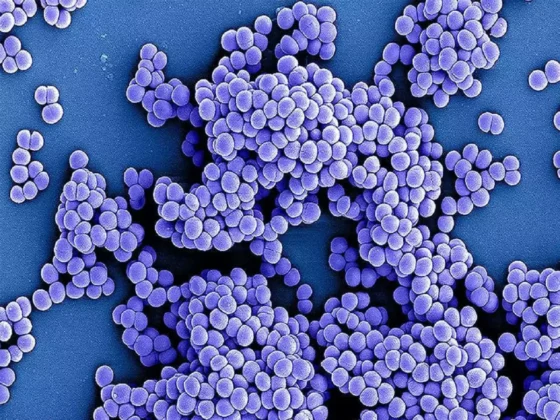The overuse and misuse of antibiotics in India are causing serious health problems. According to a recent study published in The Lancet, bacterial infections were responsible for 60% of the 2.99 million sepsis-related deaths in India in 2019. Of these, around 1.04 million deaths (33.4%) were linked to bacterial antimicrobial resistance (AMR), with 290,000 deaths directly caused by it. Sepsis is a severe response of the immune system to bacterial infections, leading to organ failure if not treated in time.
What Is Antimicrobial Resistance (AMR)?
AMR occurs when bacteria develop resistance to the drugs designed to kill them, making infections harder to treat. It is a growing global health issue that is expected to worsen in the future. The Lancet predicts that more than 39 million people worldwide could die from antibiotic-resistant infections over the next 25 years.
The study, conducted by the Global Research on Antimicrobial Resistance (GRAM) Project, offers a detailed analysis of AMR trends.
India’s AMR Problem: Top Resistant Bacteria
In India, the most common antibiotic-resistant bacteria include:
– E. coli, which causes stomach infections.
– Klebsiella pneumoniae, known for causing pneumonia and urinary tract infections.
– Acinetobacter baumannii, often linked to hospital-acquired infections.
These drug-resistant pathogens make treating infections increasingly difficult, leading to higher death rates.
Sepsis and AMR in Children
The study also revealed that children under five are particularly vulnerable. In 2019, 500,000 children died from sepsis, and bacterial infections caused 325,000 of these deaths. The deadliest bacteria for this age group is Streptococcus pneumoniae.
Globally, deaths from methicillin-resistant Staphylococcus aureus (MRSA) increased sharply, from 57,200 in 1990 to 130,000 in 2021. Resistance among gram-negative bacteria, like carbapenem-resistant bacteria, also saw a notable rise.









